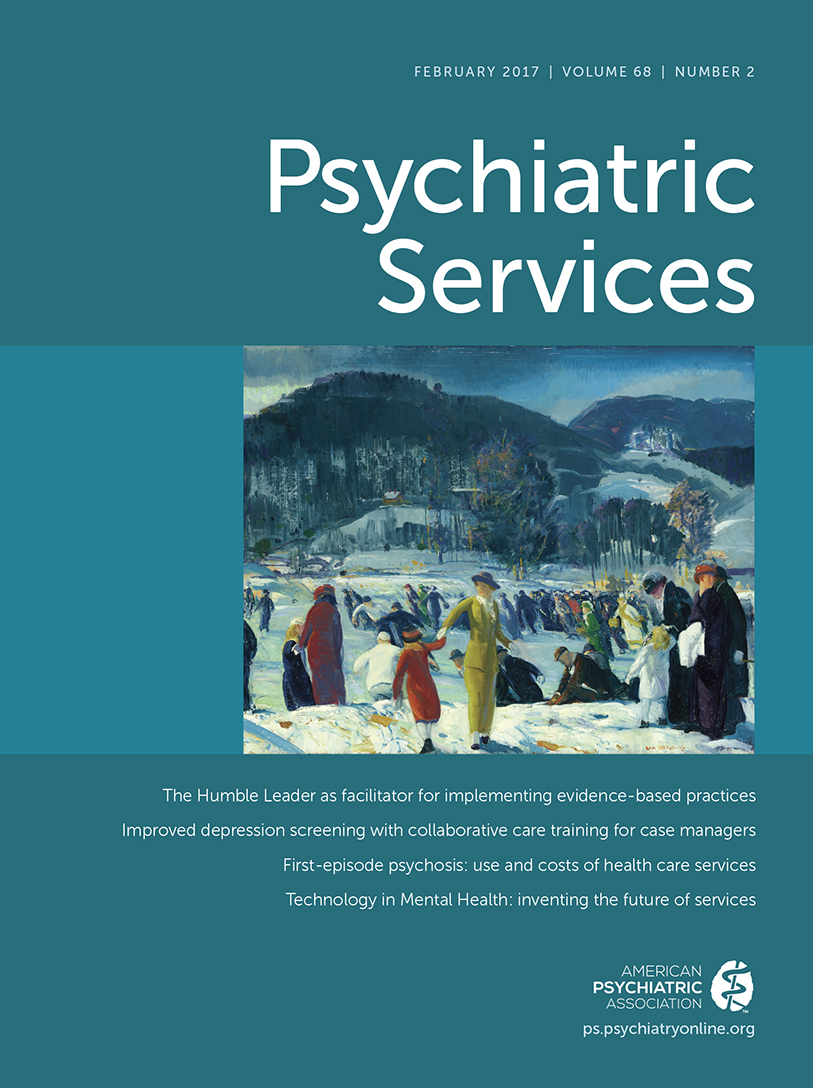Assessing Telemedicine Utilization by Using Medicaid Claims Data
Abstract
Objective:
This study characterized telemedicine utilization among Medicaid enrollees by patients’ demographic characteristics, geographic location, enrollment type, eligibility category, and clinical conditions.
Methods:
This study used 2008–2009 Medicaid claims data from 28 states and the District of Columbia to characterize telemedicine claims (indicated by GT for professional fee claims or Q3014 for facility fees) on the basis of patients’ demographic characteristics, geographic location, enrollment type, eligibility category, and clinical condition as indicated by ICD-9 codes. States lacking Medicaid telemedicine reimbursement policies were excluded. Chi-square tests were used to compare telemedicine utilization rates and one-way analysis of variance was used to estimate mean differences in number of telemedicine encounters among subgroups.
Results:
A total of 45,233,602 Medicaid enrollees from the 22 states with telemedicine reimbursement policies were included in the study, and .1% were telemedicine users. Individuals ages 45 to 64 (16.4%), whites (11.3%), males (8.5%), rural residents (26.0%), those with managed care plans (7.9%), and those categorized as aged, blind, and disabled (28.1%) were more likely to receive telemedicine (p<.001). Nearly 95% of telemedicine claims were associated with a behavioral health diagnosis, of which over 50% were for bipolar disorder and attention-deficit disorder or attention-deficit hyperactivity disorder (29.3% and 23.4%, respectively). State-level variation was high, ranging from .0 to 59.91 claims per 10,000 enrollees (Arkansas and Arizona, respectively).
Conclusions:
Despite the touted potential for telemedicine to improve health care access, actual utilization of telemedicine in Medicaid programs was low. It was predominantly used to treat behavioral health diagnoses. Reimbursement alone is insufficient to support broad utilization for Medicaid enrollees.




